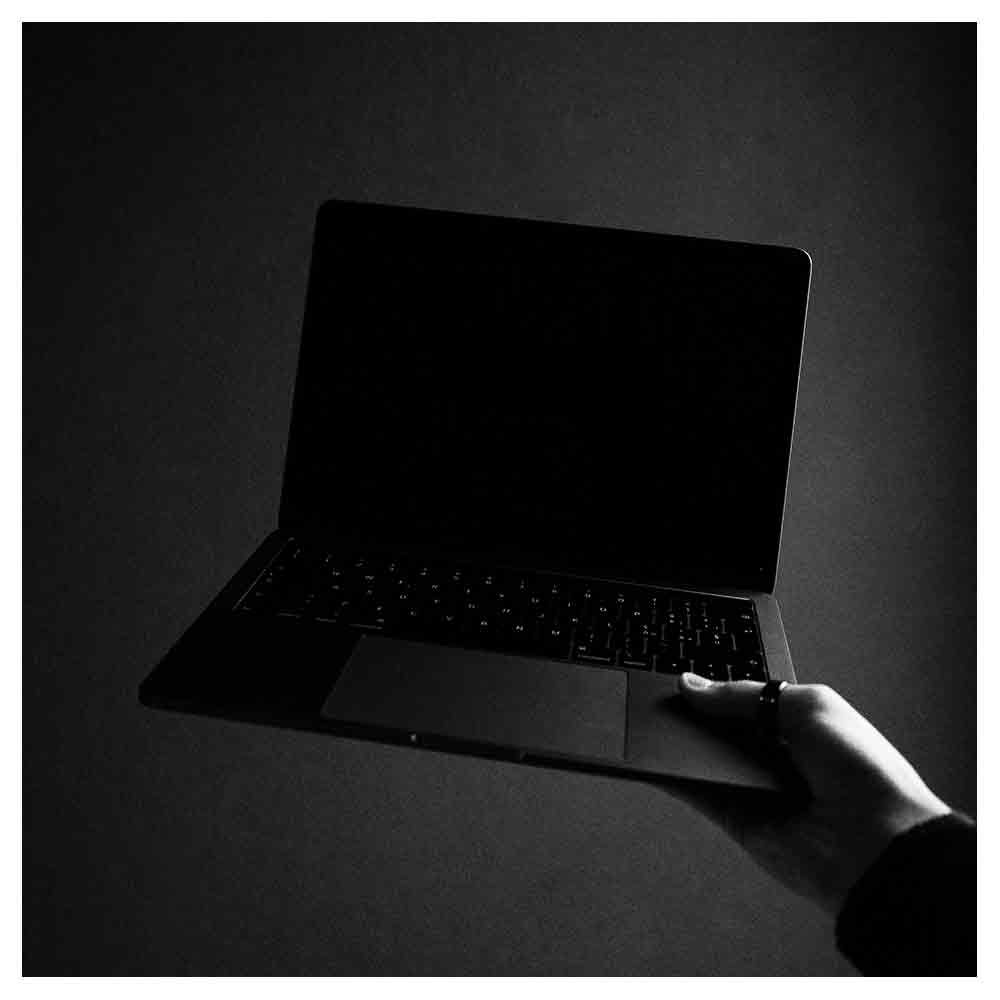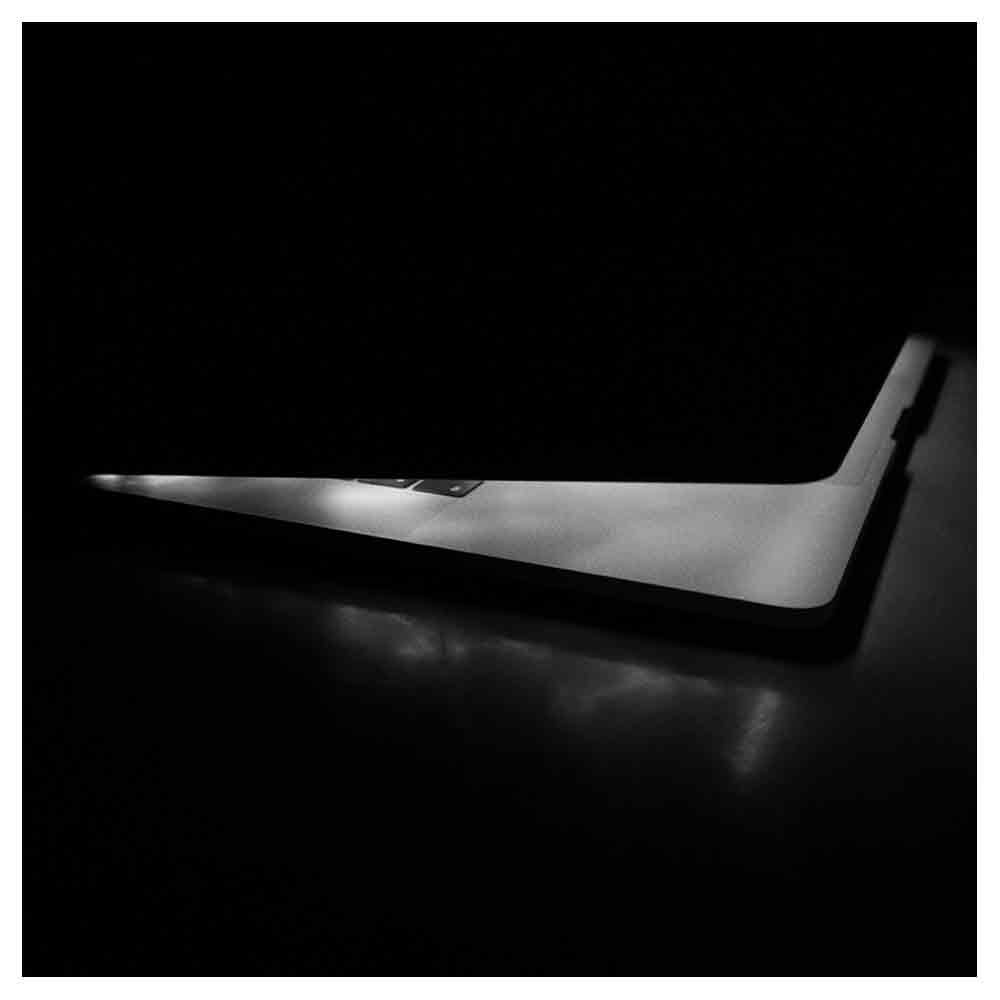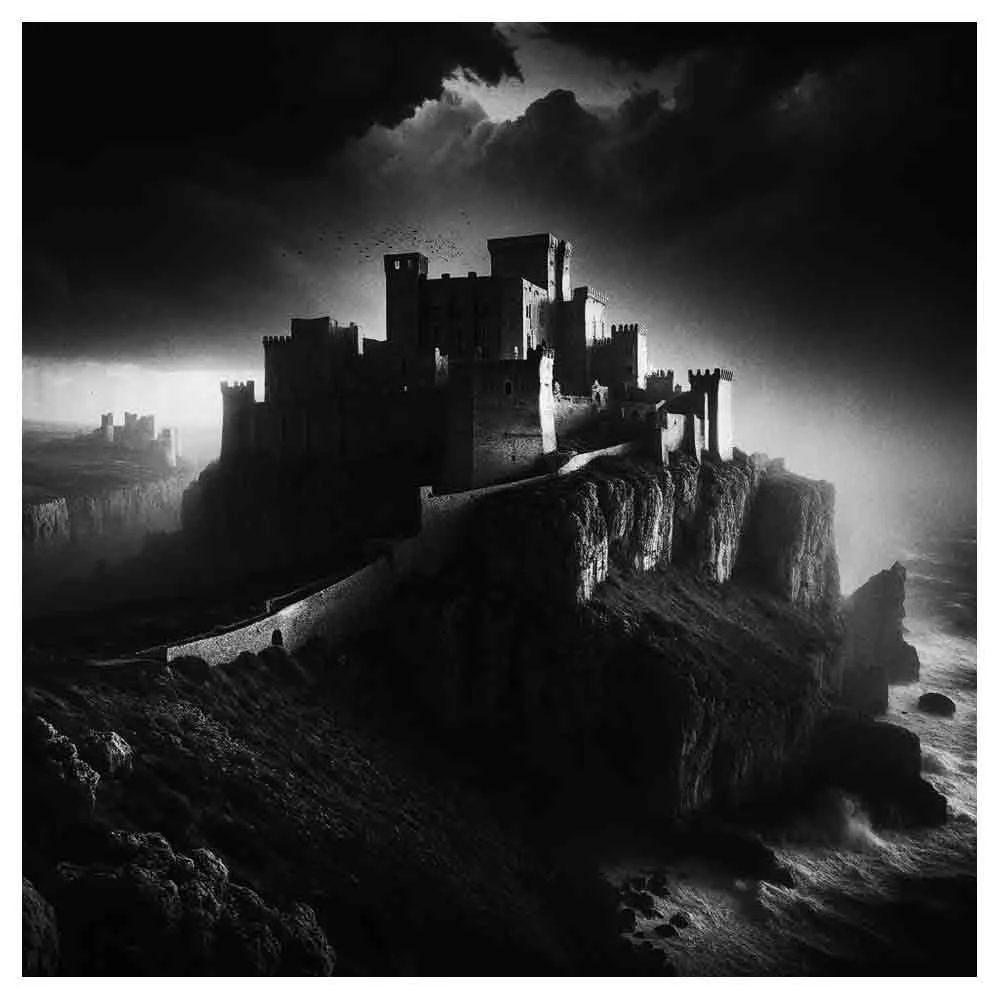4 Directing Tips For Collaborating With Cinematographers
At the beginning of my filmmaking career, I operated solely as a one-man band. From idea to camera and editing, I did everything myself. As projects got bigger with more responsibilities, I started outsourcing the different aspects of the craft, including the camerawork.
But after having handled the camera for many years, I had to get used to collaborating with other camera operators, a.k.a. cinematographers, and learn how to communicate my vision for the project so that they could help me elevate the visual ideas I had in mind.
In this article, I wanted to share a few of my learning and experiences collaborating with different cinematographers.
Table of contents:
What is a cinematographer?
But first, let's be clear on what a so-called cinematographer is. A cinematographer, otherwise known as the Director of Photography (DP or DOP), is one of the director's collaborators in translating the film's vision into moving images.
A cinematographer is responsible for the camera and lighting department and assists the director in creating a unified visual style for a movie, commercial, music video, fashion film, or any other type of motion picture project.
Next to creating the visual style, shortlist, or storyboards with the director, a cinematographer helps to choose the right camera and lighting tools for the project.
The cinematographer will help coordinate with the art director to create set designs and props that support the film's visual look and feel.
It's good to mention that a cinematographer doesn't have to be the person operating the camera. While a cinematographer's job is to focus on the artistic side of capturing the project's footage, a camera operator is more focused on handling the camera.
Tip 1 - Choose the right collaborator
To understand my first tip, we have to approach filmmaking differently than from an artistic point of view.
Filmmaking is problem-solving
You have to realize that every successful business on earth exists because it helps solve someone’s problem via a product or service. Your creative freelance business is included!
In filmmaking, problem-solving means someone wants to make a beautiful film but doesn’t have the time, tools, skills, or network to bring it to life.
That’s why they come to us, the filmmaking expert, to help them solve that problem. Our creative freelance business exists because we sell a problem-solving service.
Now, as the director of a film-related project, I might have a clear vision for the film, but many people on this planet are far better at creating beautiful images with a film camera than I am.
Therefore, a cinematographer is my problem solver. They have the skills, expertise, network, and knowledge I don’t have. They help me solve the problem of visualizing the project with a camera.
Finding the right problem solver
Suppose someone hired you to direct a feature film. In that case, you’d probably want to collaborate with a cinematographer who understands storytelling—someone with the right experience instead of hiring a cinematographer who has solely filmed 30-second beer commercials for his or her entire career.
Of course, the beer commercial cinematographer might understand how to handle the camera, frame the shot, or create a particular mood with lighting. But they might be too focussed on the camera technique and visual aesthetic instead of the storytelling.
You see, different projects require different problem-solving skills. My tip is to discover what kind of problem needs to be solved for your project so you can find the right problem solver to help you on your quest.
Tip 2 - Utilize their experience
The first thing I had to understand as a director when I started collaborating with professional cinematographers was that they have way more experience than me working on a film set and are usually far more qualified than me.
Embrace their expertise
It’s pretty funny when you think about it. As a director, you’re responsible for the project’s visual outcome and giving directions to the film crew, but you’re usually the least experienced person on the film set in terms of man hours.
That’s mainly because directing a project from start to finish can take weeks, months, or even years, and filming is only a tiny percentage of that period.
On the other hand, a cinematographer is only involved for a shorter period of the entire journey and, therefore, can jump from project to project much faster and gain more experience.
I believe it’s our job as a director to utilize the fact that everybody around us has more experience than us. In the end, all the different specialists are there to help bring the film to life.
The more experience they have, the better they can come up with creative ideas, solutions, and advice and make you aware of particular challenges you might encounter.
It’s a collaborative process
In the end, filmmaking is a collaborative process of discovery. It’s not just about getting my creative vision out of my head onto the screen. As a director, I am not the boss who knows everything. I’m someone with ideas who can’t manage everything alone.
I believe it’s good to know and understand a bit about every filmmaking department so you can ask the right questions and communicate in specific terms with the different crew members.
Still, I will never know as much about the camera as the cinematographer, nor will I ever be able to learn as much about light as the gaffer or as much about sound as the sound engineer.
But as long as I know the story or message that needs to be conveyed in the project and can communicate my vision on how to do that clearly and concisely, the film crew will help me bring the project’s vision to life to the best of their ability.
I’ve experienced that the better I understand the material at hand, the better I’ll be able to give room for creative interpretation.
Tip 3 - Come prepared
At the beginning of collaborating with a cinematographer on music videos and commercials, I was very naive.
I thought that if I had just handed them my director’s treatment at the start of the project, they would know and understand precisely what I wanted to do. As you can imagine, that was not the case.
I learned that the more prepared I was, the more clearly I could articulate what I wanted to do and the easier it would be for a cinematographer to help me elevate the things I had already put on the table.
Therefore my next tip is to come prepared. The more prepared you are, the more a cinematographer can layer their expertise and experience on top of your existing material.
This means that if I had already thought about a first version of the shot list, storyboard, and the visual style I’d like to go for and had a bunch of visual references to show, the less time we had to spend creating things from scratch.
Tip 4 - Use photography books as visual references
The final tip for collaborating with cinematographers is to use photography books as a visual reference for the project’s look and feel.
Avoid video references
During my first collaborations with cinematographers, I primarily used different videos as examples of the visual style or elements I liked. Sometimes, I just threw an overload of visual input in their direction, which eventually caused misunderstandings.
As a result, the outcome didn’t match my director’s vision for the project, and I didn’t understand where things went wrong because I thought I had clearly outlined what I was looking for.
Photography references
Because every frame in a video is essentially different from the other, it wasn't easy to pinpoint precisely what I wanted based on the example videos, or the cinematographer interpreted it differently.
I believe videos can be a good starting point for inspiration, but it's better to find stills, photos, or paintings from a particular artist as a reference for a project before the shoot.
I have learned that photography books are a great source to use as visual references and help me explain my vision for the project. The still frames in photography books make it easier to pinpoint which exact elements I like and would like to replicate for the project.
In this article, I've outlined nine of my favorite photography books I've used as a visual reference for directing projects.
Conclusion
With these tips, I hope to have given you insight into how I collaborate with cinematographers as a director and that it contains a nugget of knowledge gold for you.
When you’re ready to start collaborating with a cinematographer, following these four directing tips should set you on the right path and guarantee a smooth collaboration.

































